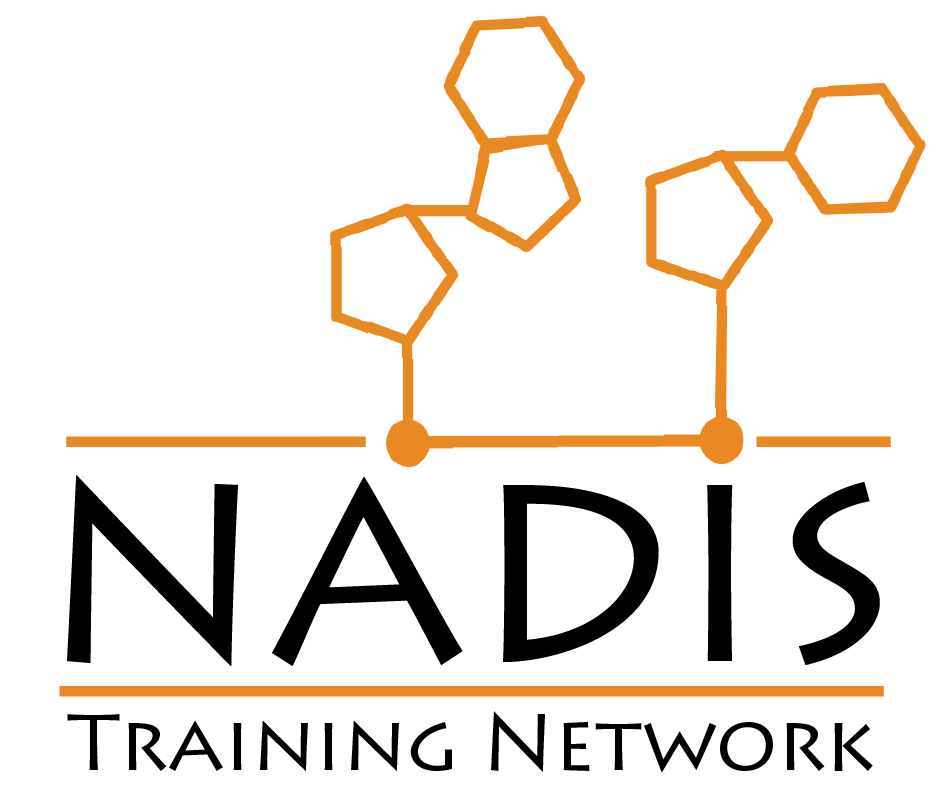Obesity, a complex chronic disease characterized by the excessive accumulation of fat, represents one of the major challenges for public health worldwide. In the year 2022, 1/8 of the world population was affected by it. Obesity significantly increases the risk of suffering from type 2 diabetes, cardiovascular diseases, or even certain types of cancer. In most cases, it is caused by a range of factors, which result in an imbalance of energy intake and energy expenditure (1).
NAD+, which is a main player in energy metabolism, has been demonstrated to be closely related with obesity, and strategies to boost NAD+ levels proved to protect from obesity in animal models. It has been shown that mice display a decrease in NAMPT expression, a key enzyme in NAD+ synthesis, after receiving highfat diet (2). Moreover, supplementation with the NAD+ precursors nicotinamide mononucleotide (NMN) or nicotinamide riboside (NR) has shown to protect mice from diet induced obesity (2)(3). In humans, obesity has been described to be strongly associated with a reduction in the NAD+/sirtuin pathway, which is an essential energy sensing mechanism within the cells (4).
Another strategy to increase NAD+ levels with promising results for the obesity field is the inhibition of the NAD+ consumer enzyme CD38. Mice fed with high-fat diet show higher levels of expression of CD38 (5); and mice lacking CD38 display higher NAD+ levels, show a higher metabolic rate and are resistant to diet induced obesity (5)(6).

Activation of brown adipose tissue (BAT), a type of adipose tissue highly specialized in fat consumption for heat production, has also been proposed to treat obesity. BAT, physiologically activated during exposure to cold temperatures, consumes high amounts of energy to produce heat in a process called thermogenesis. BAT activation, hypothesized to improve metabolic health, increases NAD+ levels and activates NAD+ metabolism(7).
Therefore, boosting NAD+ levels comes as a very promising strategy to counteract obesity, and further research to optimize NAD+ boosting and its therapeutic application against obesity is fundamental to combat this disease.
Author: Raúl Pérez Mato
References:
- World Health Organization (WHO). 2024. Obesity and overweight, https://www.who.int/news-room/fact-sheets/detail/obesity-and-overweight
- Yoshino J, Mills KF, Yoon MJ, Imai S. Nicotinamide mononucleotide, a key NAD(+) intermediate, treats the pathophysiology of diet- and age-induced diabetes in mice. Cell Metab. 2011;14(4):528-536. doi:10.1016/j.cmet.2011.08.014
- Cantó C, Houtkooper RH, Pirinen E, et al. The NAD(+) precursor nicotinamide riboside enhances oxidative metabolism and protects against high-fat diet-induced obesity. Cell Metab. 2012;15(6):838-847. doi:10.1016/j.cmet.2012.04.022
- Sakari Jukarainen, Sini Heinonen, Joel T. Rämö, Rita Rinnankoski-Tuikka, Elisabeth Rappou, Mark Tummers, Maheswary Muniandy, Antti Hakkarainen, Jesper Lundbom, Nina Lundbom, Jaakko Kaprio, Aila Rissanen, Eija Pirinen, Kirsi H. Pietiläinen, Obesity Is Associated With Low NAD+/SIRT Pathway Expression in Adipose Tissue of BMI-Discordant Monozygotic Twins, The Journal of Clinical Endocrinology & Metabolism, Volume 101, Issue 1, 1 January 2016, Pages 275–283, https://doi.org/10.1210/jc.2015-3095
- Wang LF, Miao LJ, Wang XN, et al. CD38 deficiency suppresses adipogenesis and lipogenesis in adipose tissues through activating Sirt1/PPARγ signaling pathway. J Cell Mol Med. 2018;22(1):101-110. doi:10.1111/jcmm.13297
- Barbosa MT, Soares SM, Novak CM, et al. The enzyme CD38 (a NAD glycohydrolase, EC 3.2.2.5) is necessary for the development of diet-induced obesity. FASEB J. 2007;21(13):3629-3639. doi:10.1096/fj.07-8290com
- U-Din M, de Mello VD, Tuomainen M, et al. Cold-stimulated brown adipose tissue activation is related to changes in serum metabolites relevant to NAD+ metabolism in humans. Cell Rep. 2023;42(9):113131. doi:10.1016/j.celrep.2023.113131

Leave a Reply